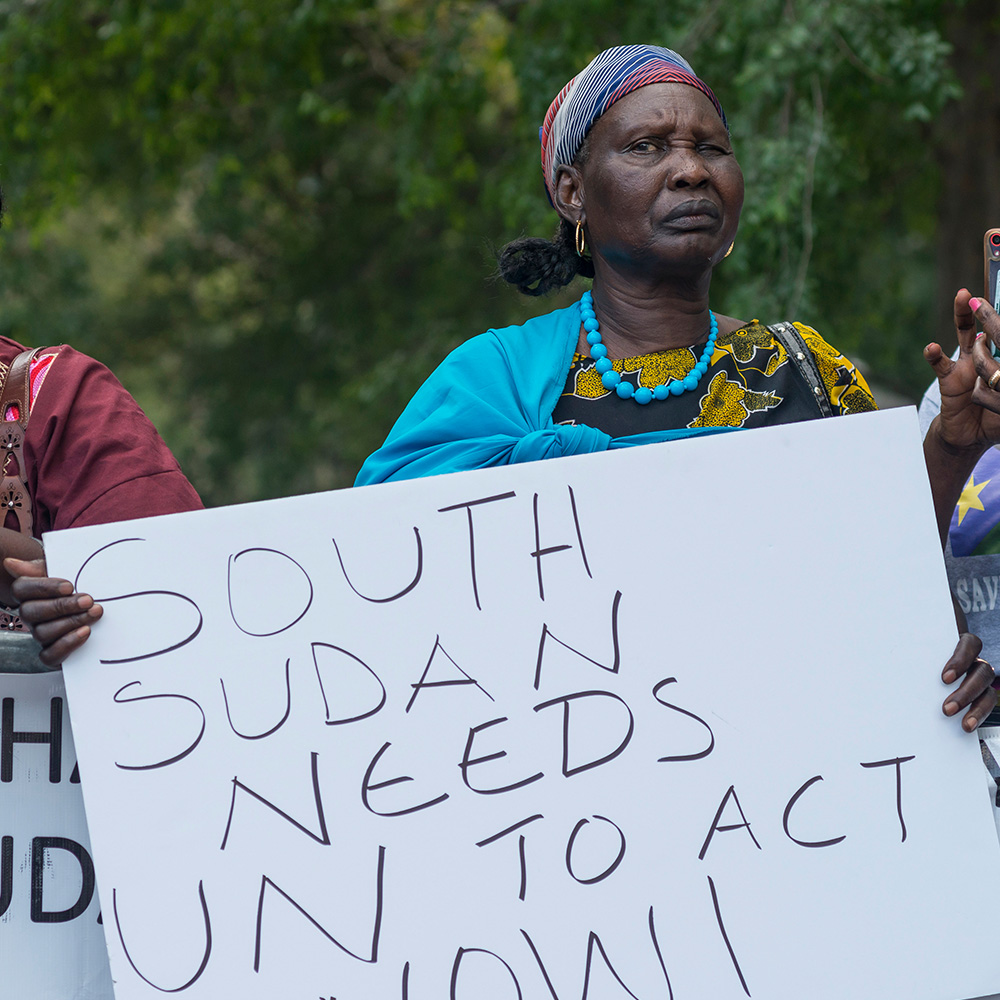
Women, Peace and the United Nations: The UN’s Role in Advancing Gender Provisions in...
Author: Celeste Popoff
Twenty-five years after the adoption of UNSCR 1325, this report assesses the extent to which gender perspectives have been integrated into peace agreements and examines the specific contribution of UN involvement. Although references to women, girls, and gender increased from 12% to 28% after 2000, overall inclusion remains limited: only 21% of agreements contain gender provisions, and recent years (2019–2023) show a marked decline across both UN and non-UN agreements. Agreements without UN signatories reference women more frequently as a share of all agreements, yet UN involvement correlates with broader and more substantive gender coverage. UN-signed agreements generally include higher proportions of gender-related issues and experience less severe declines over time, though progress is uneven and characterised by episodic peaks rather than sustained growth. Most agreements—UN and non-UN alike—feature only two to three types of gender provisions, with comprehensive approaches remaining rare. Variation across UN actors is modest, and the prevalence of single, ‘hook’ references suggests limited depth despite formal commitments. While exceptions such as the 2020 Juba Agreement demonstrate what robust integration can achieve, the overall findings underscore that the transformative ambitions of the WPS agenda remain far from fully realised.